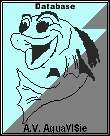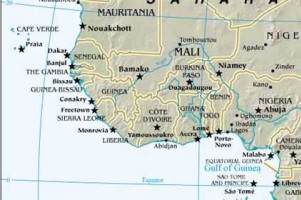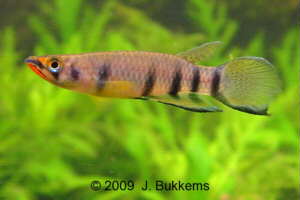 |
Epiplatys dageti |
 |
||||||||||||||||||||||
|
|
|
|
||||||||||||||||||||||
| Explanation of the symbols | ||||||||||||||||||||||||
|
|
|
|||||||||||||||||||||||
|
||||||||||||||||||||||||
|
Young fishes of this species are lively and tolerant but
when they get older they become intolerant and they attack
every other fish in the neighbourhood and become predatory.
The aquarium should be planted densely on the sides and
background. In the middle you should leave enough free
swimming space. A dark substrate and some floating
plants are appreciated. They are omnivorous but the prefer live food. When they get older they even eat small fish. Breeding is easy. The breeding aquarium should be somewhat darkened and planted wilt fine leaved plants such as Riccia. 200-300 eggs are laid and fertilized during a long period between those plants. After spawning the plants with the eggs should be removed to a separate aquarium. After 8-10 days the eggs hatch. You should feed the young fishes with small dustfood such as paramecia and rotifers . |
||||||||||||||||||||||||
|
|
||||||||||||||||||||||||
|
Jan Bukkems |
||||||||||||||||||||||||
 |
||||||||||||||||||||||||
|
|
||||||||||||||||||||||||
